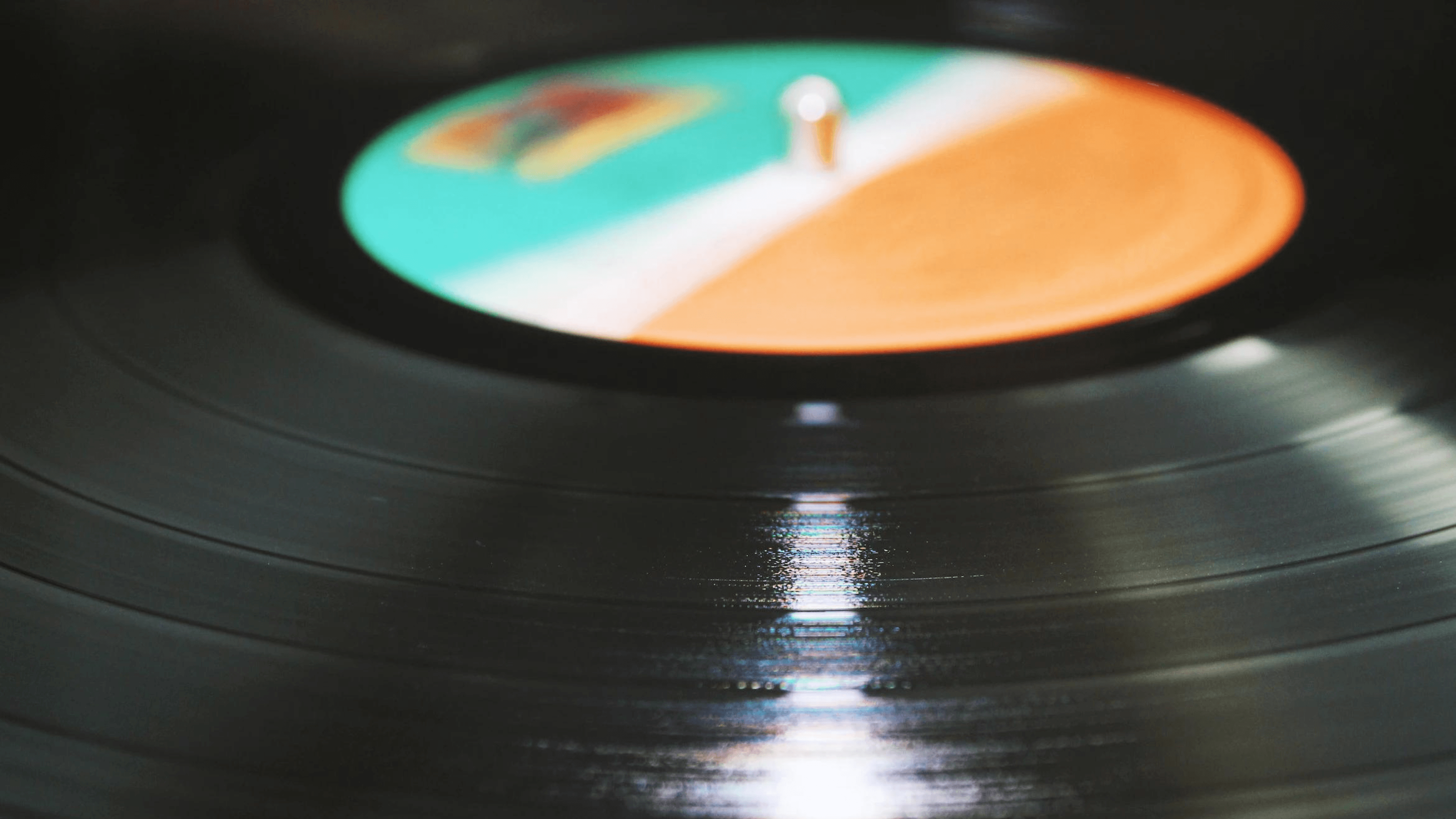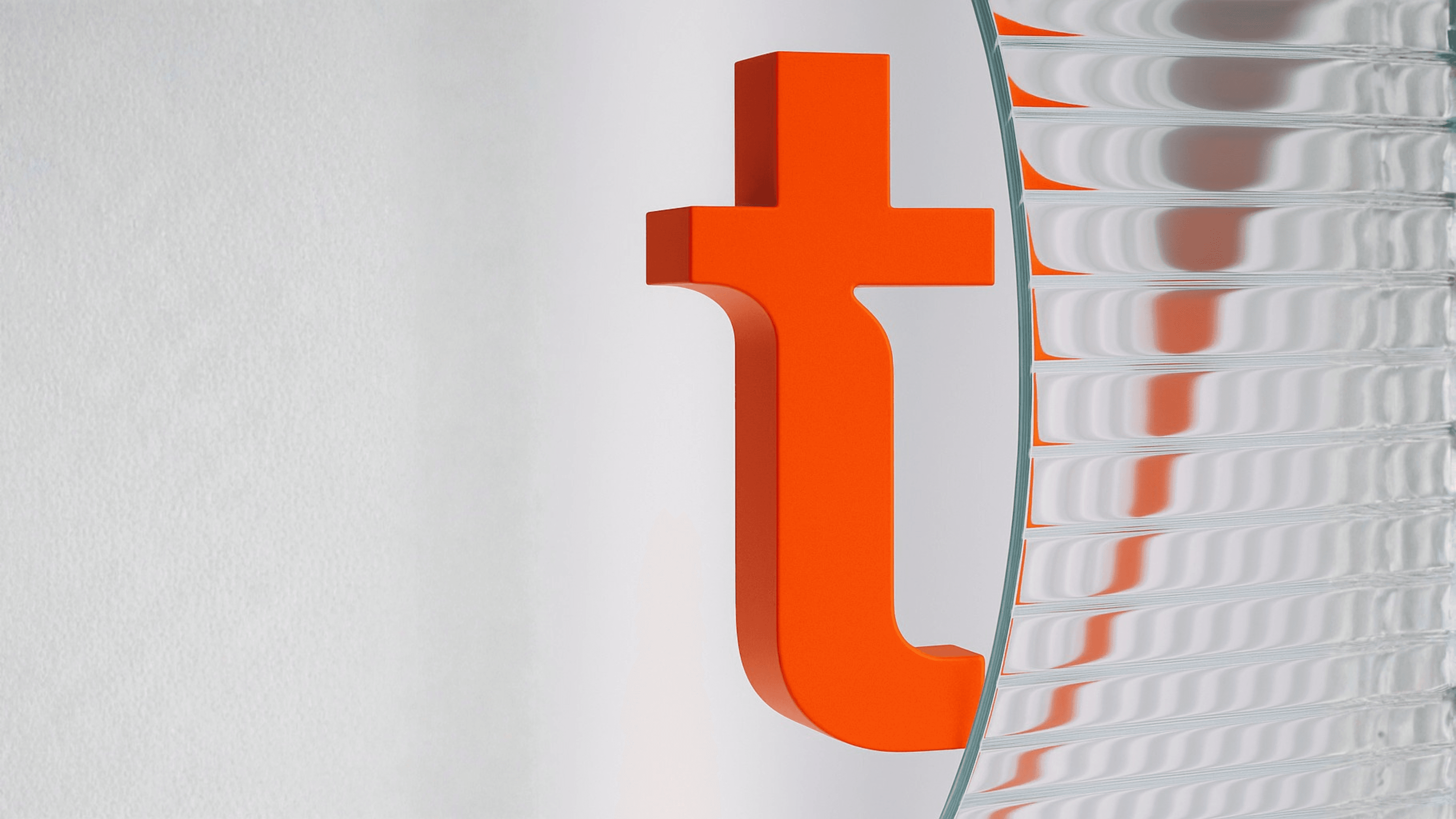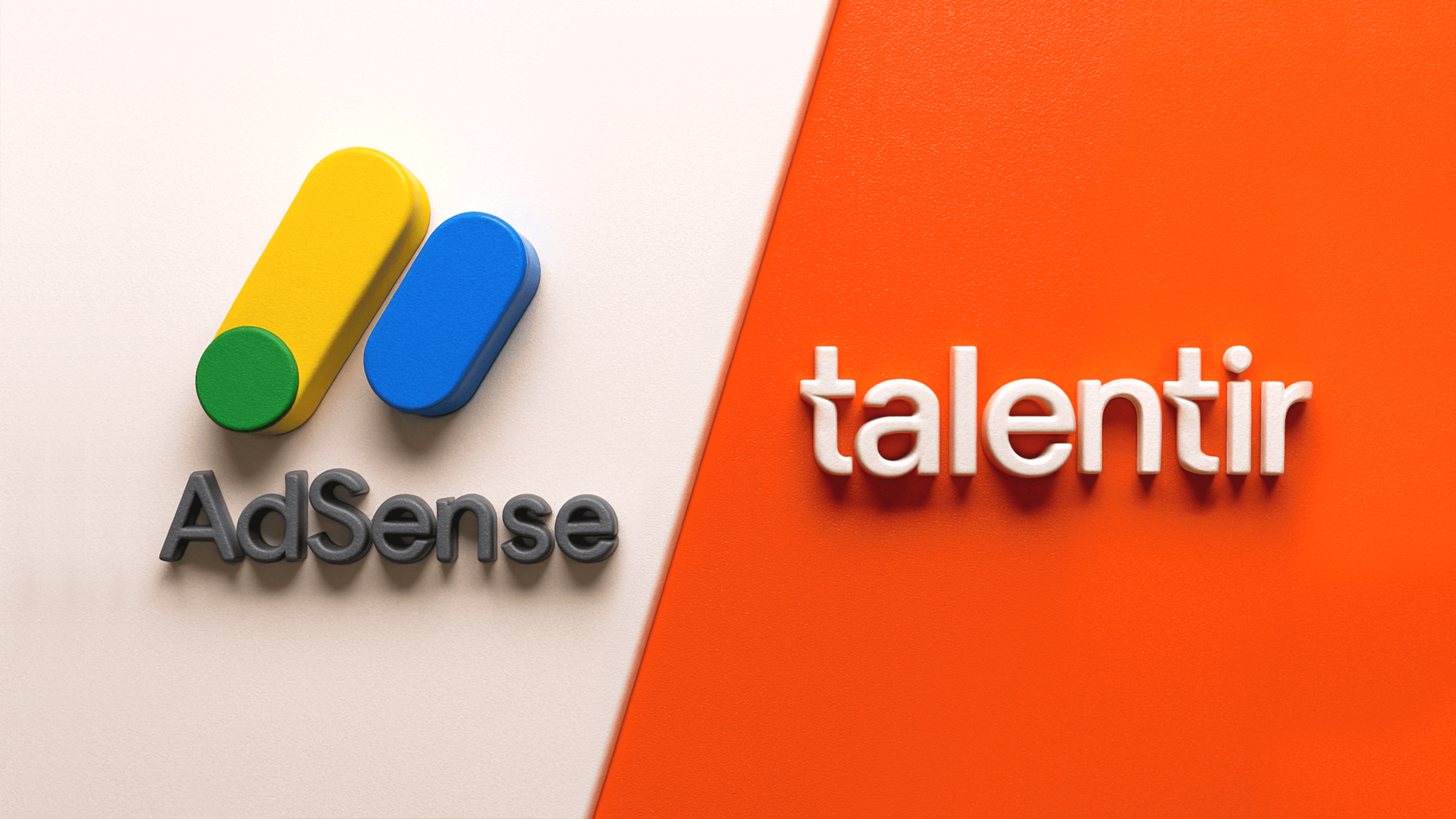Last year, the US Copyright Royalty Board (CRB) set a new mechanical royalty rate for streaming services to pay songwriters and music publishers. The new rate of 15.1 percent was set for 2022 and had increased steadily from 11.4% in 2018. Streaming services paying the old rate before the decision was required to backpay the difference.
Although Spotify, Google, Amazon, and Pandora kicked against the increase, the National Music Publishers Association (NMPA) even hopes the rate increases to 20 percent for 2023–2027.
This news may cause anyone outside music circles to wonder and ask specific questions. Questions like: What are mechanical royalties? Why are they important? Why was an increment so necessary? Why did giant streaming services fight the increment? If you have these questions and more, read this comprehensive article to learn all about mechanical royalties.
Mechanical royalties: What are they?
Decades ago, when a label wanted to sell a piece of music, they would need to reproduce the record on a blank vinyl disc mechanically. In other words, the label would have to compensate the songwriter for their composition whenever they had to print new discs. This gave rise to what is known as mechanical royalties.
Years later, compact discs (CDs) would replace vinyl records, and it wouldn't be long before CDs would be phased out by digital formats such as downloads and music streams—especially the latter. This is why the news about the increase in mechanical royalties strongly concerned streaming services. These royalties represent a payment to songwriters and music publishers to reproduce their compositions. This means that when a recorded song is produced in physical formats (e.g., CDs and vinyl records) or digital formats (e.g., downloads and streams), it is expected that the songwriter and publisher would earn mechanical royalties.
Mechanical royalties are a significant source of income for musicians, songwriters, and composers. They play a crucial role in compensating artists for the reproduction and distribution of their musical works.
![]()
How do mechanical royalties work?
The calculation of mechanical royalties varies from region to region and is subject to specific legal and industry regulations. In the United States, for instance, the Copyright Royalty Board often determines the rate. Other countries may have different rates or adopt a negotiated approach between the rights holders and the users.
Mechanical royalties are often considered the cousin of performance royalties, but performance royalties are owed to musicians only when they perform their work publicly—however, both royalties sync in cases like music streaming. For instance, if a Spotify user selects a song to listen to, that selection would trigger performance and mechanical royalties. Performance royalties because since the listener doesn't own the music, the song at that point qualifies as a public performance. On the other hand, mechanical royalties are also triggered because for the listener to play the track, Spotify must reproduce the underlying composition.
But one significant distinction for mechanical royalties is the listener's choice. This means that if the listener doesn't have the option to select what they listen to, no mechanical royalties would be owed. This is why non-interactive streaming services do not pay mechanical royalties since they broadcast, not reproduce, compositions.
So if all platforms are not required to pay mechanical royalties, what factors determine who pays?
The channel of mechanical royalties: Who pays? Who collects?
Although mechanical royalties are due to composition owners, they do not collect them directly from the entities that reproduce and distribute the music. This implies that mechanical royalties go through certain channels before getting to the songwriter. One entity pays, and another collects and distributes.
Who pays mechanical royalties?
Paying mechanical royalties depends on the context of use and is primarily the responsibility of the party reproducing and distributing the music. This includes record labels, streaming services, online stores, and physical distributors. For physical and digital sales, the record label pays the royalties. But in today's world, only a small proportion of mechanical royalties are paid this way. A significant chunk is allocated to streaming services. So, when Spotify or Amazon adds a song to its library and allows users to access it, it becomes responsible for paying mechanical royalties to the appropriate rights holders. In other words, every time the user hits play, Spotify or Amazon would have to compensate the rights holders in mechanical royalties.
Who collects mechanical royalties?
Like who pays mechanical royalties depends on the context of use, and who collects the royalties is also determined by the same. For physical and digital sales, mechanical royalties are collected by the same Performance Rights Organizations (PROs) that collect performance royalties. Notable PROs include Broadcast Music Inc. (BMI), the American Society of Composers, Authors, and Publishers (ASCAP), and the Society of European Stage Authors and Composers (SESAC).
However, it is different for streaming services since the collectors of mechanical royalties can vary depending on the region. For example, in the United States, mechanical royalties are collected by mechanical royalty collection agencies such as the Harry Fox Agency, which represents all the major music publishers. But in European countries like France or Germany, a single body like SACEM or GEMA collects mechanical and performance royalties.
It is important to note that whether the song is reproduced physically or digitally, the collecting entity is responsible for distributing the royalties to the rights holders.
Mechanical royalty rates
In the US, from 2023 to 2027, the statutory mechanical royalty rate set by the Copyright Royalty Board is 12.0 cents per track or 2.31 cents (whichever is greater) for each minute of playing time for physical recordings. For 2018 to 2022, it was 9.1 cents or 1.75 cents per minute for songs over 5 minutes. This rate applies only to physical recordings (vinyl, CDs, DVDs, etc.), downloads, and ringtones. For ringtones, the statutory royalty is 24 cents.
However, for interactive streaming, the royalty rate is set differently and depends on several factors. These factors include the revenue of the digital music service, the fee a streaming platform pays to license and use the master recordings of compositions, the type of streaming offered, the number of subscribers, and so on.
A complex calculation determines the mechanical rate for interactive streaming services. For ad-based streaming services, the rate would be determined by selecting the higher value between a specific percentage of the digital music service's revenue and a specific percentage of the licensing costs related to the master recordings of the compositions. This entails expenses directed mainly toward record companies that possess and/or manage these masters, recognized as Total-Content Costs or "TCC."
The calculated rate would be adjusted by deducting the funds allocated for acquiring public performance rights, encompassing payments made to performing rights organizations like ASCAP, BMI, and SESAC. This is how the CRB arrived at 11.4% for 2018, that increased annually till it reached 15.1% in 2022, which is also the rate for 2023. This rate will increase annually till it gets to 15.35% in 2027.
For subscription-based services, the mechanical royalty rate is calculated as per-subscriber penny rate royalty multiplied by the number of subscribers.
Mechanical royalty rates in different regions
In the UK, the mechanical royalty rate for physical reproductions has historically been approximately 8.5% of the dealer price or 6.5% of the retail price. However, due to the shift in digital music and streaming, mechanical royalty rates can be more complex, considering factors like advertising revenue and subscription fees. For digital reproductions, streaming platforms such as Apple and Spotify are responsible for ensuring a general license agreement with the local mechanical society within the region.
The EU has a similar rate for physical reproductions as the UK. The rate sits at 8.712% of the dealer price. However, EU countries are at liberty to vary their rates. For example, some countries might set their mechanical royalty rates at around 6-12% of the suggested retail price. In contrast, others might calculate royalties based on the wholesale price or the price that music distributors pay to the record label. Some countries also have different rates for physical sales (like CDs and vinyl) versus digital sales. The rates depend on the streaming platforms for digital reproductions, just like in the UK.
Does YouTube pay mechanical royalties?
YouTube generally pays mechanical royalties to songwriters and publishers. However, YouTube and its Content ID system do not pay mechanical royalties directly; YouTube typically pays those to mechanical rights organizations, which then distribute the royalties to the appropriate parties.
Moreover, monetized YouTube content can also trigger micro-sync royalties—an unconventional combination of performance and mechanical royalties—when music is synchronized with visual media. But generally, micro-sync royalties are a subset of synchronization royalties, a distinct type of royalty of their own.
Understanding royalties through the eyes of Talentir
Talentir is the pioneering platform that transforms YouTube videos into tradable assets because it recognizes the significance of empowering artists and creators to optimize their royalties. Through Talentir, creators and artists can share and trade ownership fractions of their videos with their community, fostering an intimate and genuine bond with them. This innovative approach allows for scalable royalties, reaching a broader audience of fans. As more individuals own and engage with a video, its popularity and profitability naturally soar. Got curious about how it works? Explore Talentir now.
Final words
Mechanical royalties serve as a crucial lifeline for artists and songwriters, providing compensation for the use of their creative works. Understanding how these royalties work, who pays and collects them, and their significance in the digital era can empower creators to protect their rights and seek fair compensation. As the music industry continues to evolve, artists and stakeholders must collaborate and find innovative solutions that ensure a sustainable and equitable future for the creators of the melodies that enrich our lives.
FAQs
What is the difference between mechanical royalties and masters?
Mechanical royalties are payments to songwriters and publishers for the right to reproduce their compositions. This typically happens when a song is recorded and distributed in physical or digital formats such as CDs, vinyl records, and streaming platforms. Masters, on the other hand, refer to the actual recorded performances by artists and are licensed separately for use in various formats.
How much are mechanical royalties?
The mechanical royalties can vary based on factors like the country, sales or streaming volume, and the contract terms between the songwriter and the publisher. It's important to note that different music rights organizations collect and distribute many mechanical royalties, which may have additional fees and impact the final amount received.
How to collect international mechanical royalties?
International mechanical royalties can be collected through performance rights organizations (PROs) or mechanical rights organizations (MROs) in each country. Some companies also specialize in helping artists collect royalties globally. Collecting international mechanical royalties can be complex, as it involves navigating various international copyright laws, licensing agreements, and collecting societies.


